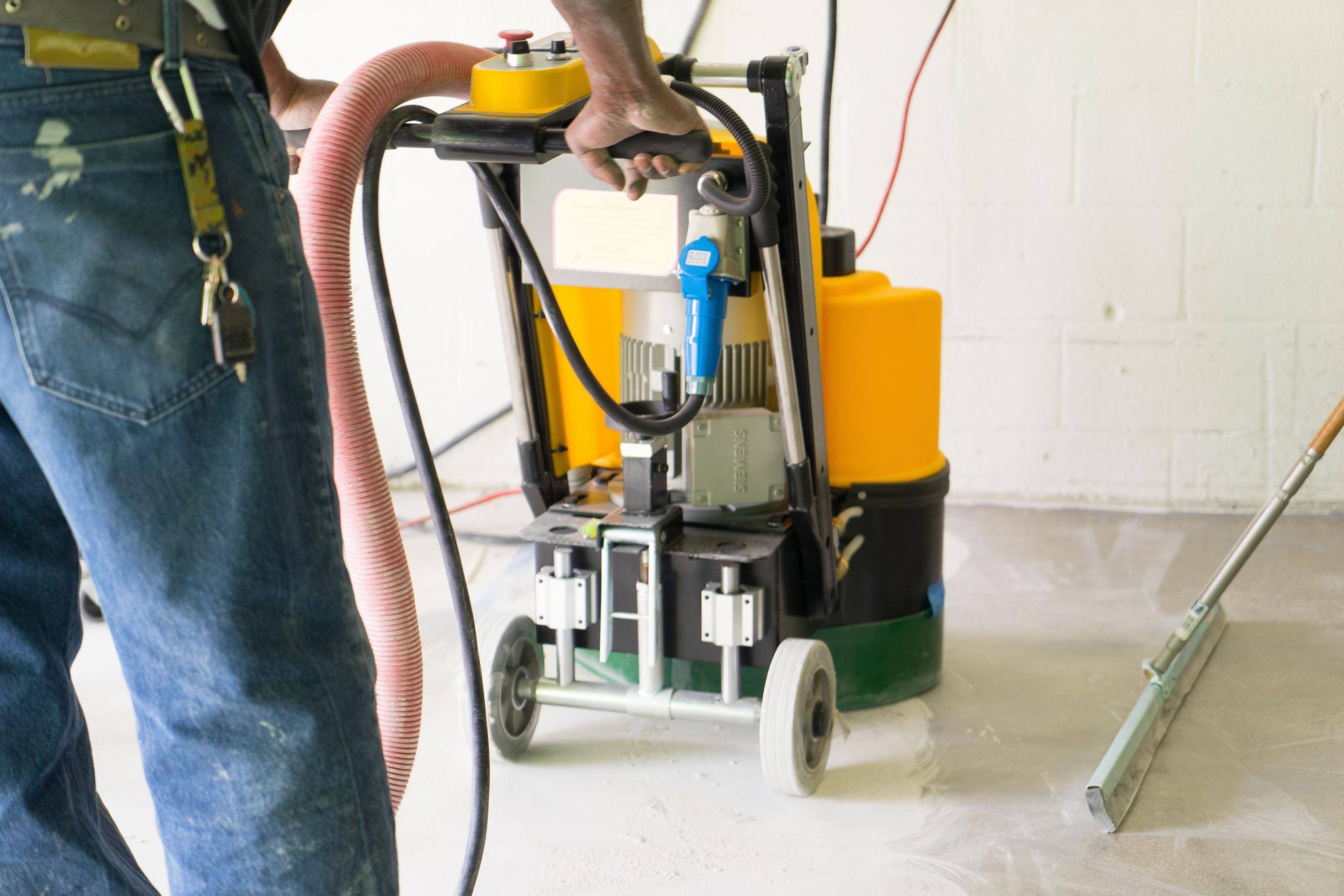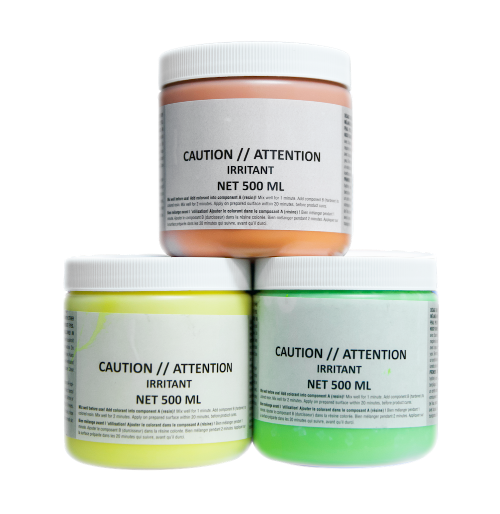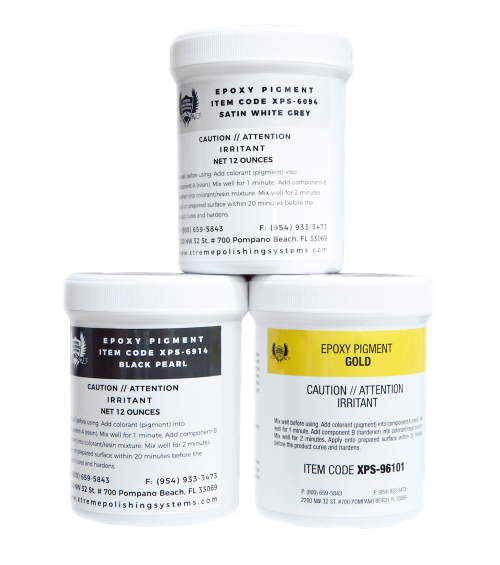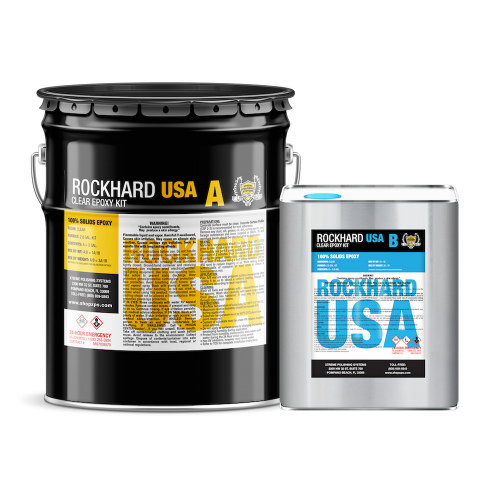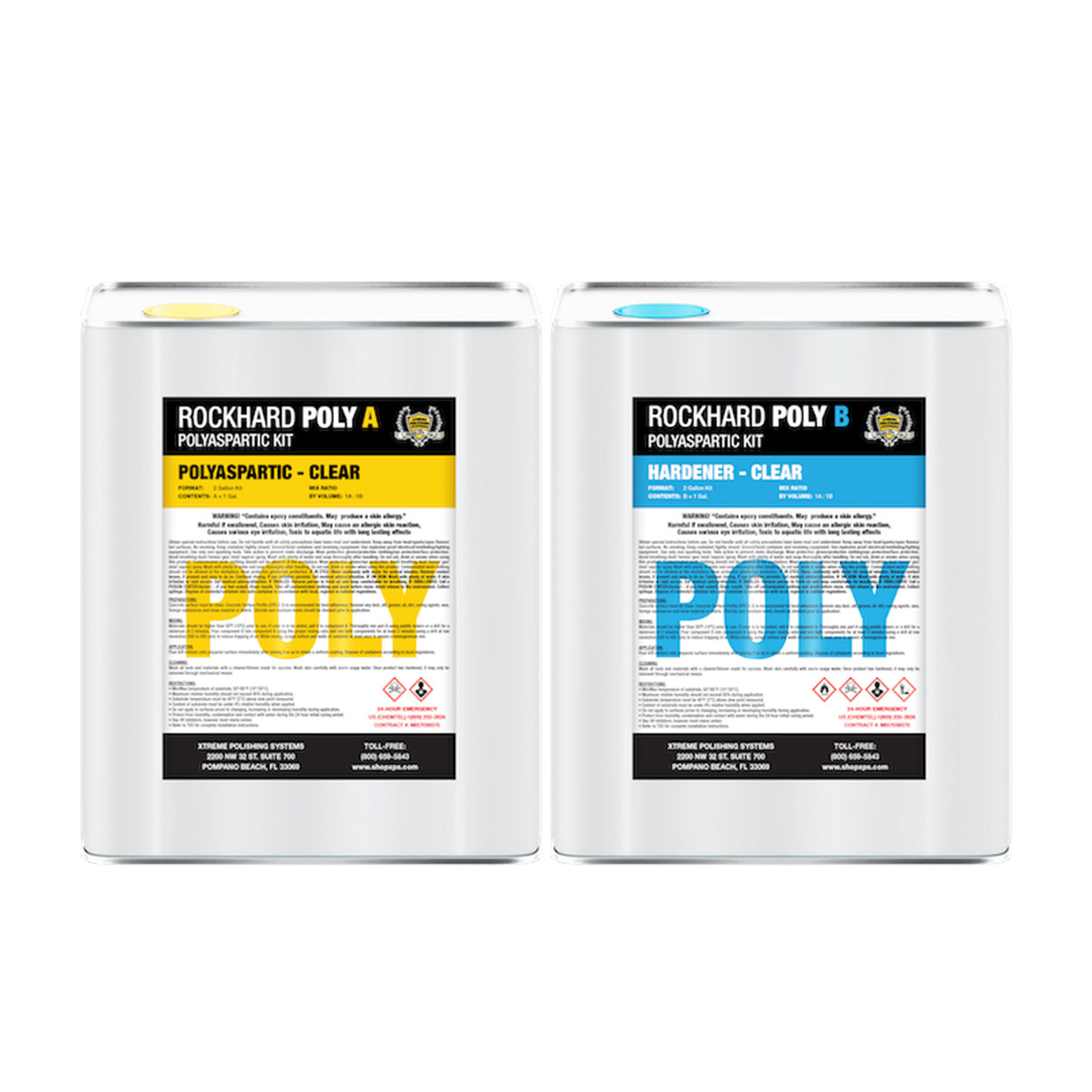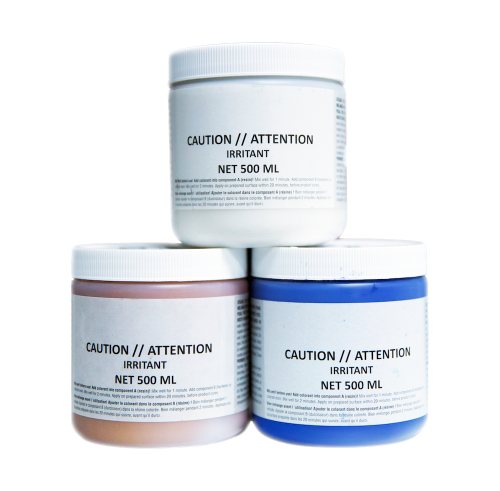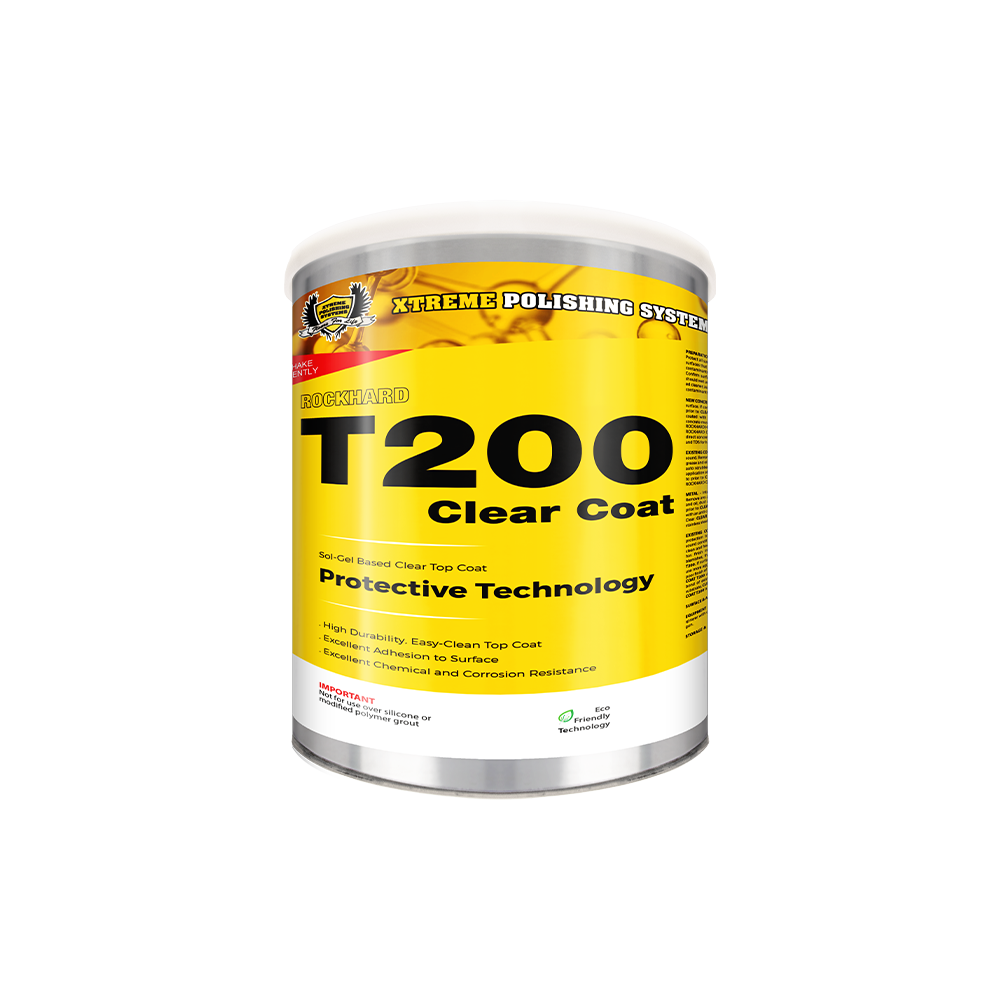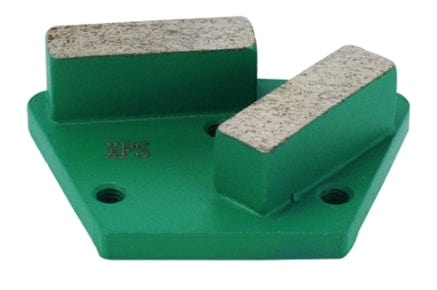Hazardous materials (HAZMAT) or Dangerous Goods are among the most complicated, regulation-heavy, and expensive products to ship. This is due to the potential they create that could pose a danger to people, property, or the environment. Shipping hazardous materials can be a complex and expensive process, so it is very common for residential consumers to become perplexed by the costly shipping expenses that can be associated with purchasing industrial materials like epoxy coatings.
Industrial concrete coatings and material-based adhesives, such as epoxy, pose certain risks when being transported as they can be hazardous, toxic, or flammable substances. Thus, shipping these industrial-grade materials is not to be taken lightly; instead, they are practiced with extreme caution. Xtreme Polishing Systems’ #1 priority is ensuring the safest and most appropriate methods for our customers as well as our employees while also adhering to all safety and legal regulations for shipping epoxy coatings.
Hazardous Materials (HAZMAT) Management
According to the Occupational Safety & Health Administration (OSHA), Hazardous Materials, more commonly referred to as HAZMAT or Dangerous Goods, are any items or chemicals which are considered a “health hazard” or “physical hazard,” such as:
- Materials that are carcinogens, toxic or highly toxic agents, reproductive toxins, irritants, corrosives, hepatotoxins, nephrotoxins, neurotoxins, agents that act on the hematopoietic system, and agents that damage the lungs, skin, eyes, or mucous membranes.
- Materials that are combustible liquids, compressed gases, explosives, flammable liquids, flammable solids, organic peroxides, oxidizers, pyrophoric, unstable (reactive) or water-reactive.
- Materials that, in regular handling use or storage, may produce or release dust, gases, fumes, vapors, mists, or smoke has any of the above mentioned characteristics.
Furthermore, any item or substance that poses risks to the public and the environment while being transported is considered HAZMAT. Specifically, these HAZMATs get regulated by the following departments and regulations:
- Department of Transportation
- Hazardous Materials Regulations (49 CFR 100-180)
- IMO – International Maritime Organization; International Maritime Dangerous Goods (IMDG) Code
- IATA – International Air Transport Association
- Dangerous Goods Regulations
- ICAO – International Civil Aviation Organization
- Technical Instructions
- Air Force “INTERSERVICE” Manual, Preparing Hazmat for Military Air Shipments (AFMAN 24-204)
HAZMAT also includes any item or substance that, although it has not yet gotten established to cause harm, are, in the manufacturer’s opinion, potentially carrying special characteristics that pose a threat to people, plants, or animals, when released into the environment by any method.

Finally, HAZMAT also includes any item or substance referred to as radioactive, such as special nuclear sources or byproducts defined in the 10 CFR standard.
HAZMAT Regulations
As HAZMAT regulations tightened recently, certain purchases, including industrial-grade adhesive materials like epoxy coatings, are made more difficult. If you are not familiar with current HAZMAT regulations, we highly recommend that you contact your trusted local distributor, like Xtreme Polishing Systems, directly. This is just to ensure that you will be guided properly by one of our industry professionals when ordering such products as epoxy coatings. Our experts handle and ship these materials daily so they are very familiar with current HAZMAT regulations and will be able to answer your questions regarding HAZMAT costs for shipping ground or any concerns about the current regulations that have been established.
For one, the Department of Transportation has adopted a model as proposed by the United Nations. This model classifies hazardous materials into nine categories. Mailing these HAZMATs necessitates a placard and an accurate and correct label on the package itself.

The nine categories based on Department of Transportation regulations include:
- Explosives
- Gases
- Flammable Liquids
- Flammable Solids
- Oxidizing Agents and Organic Peroxides
- Toxic and Infectious Substances
- Radioactive Substances
- Corrosive Substances
- Miscellaneous
Conclusion
At Xtreme Polishing Systems, our team of experts understands that concrete can variate in properties, therefore each slab must be treated differently. We also know how common it is for those unforeseen complications to occur after hours while still on the job site. It is crucial to have immediate support for achieving beautiful concrete finishes.
Whether you’re a professional contractor or a do-it-yourself type of person, our top-of-the-line concrete product supply and industry expertise are available to anyone. Our pros are here to discuss all your project concerns to assist you every step of the way, from START to FINISH.
Questions? We would love to hear them! Our professionals are readily available to answer all your questions and to provide you with concrete knowledge and industry expertise in the overall preparation and completion of a concrete floor project. Shop Online or Call (877) 958-5732 for all your concrete flooring needs!


